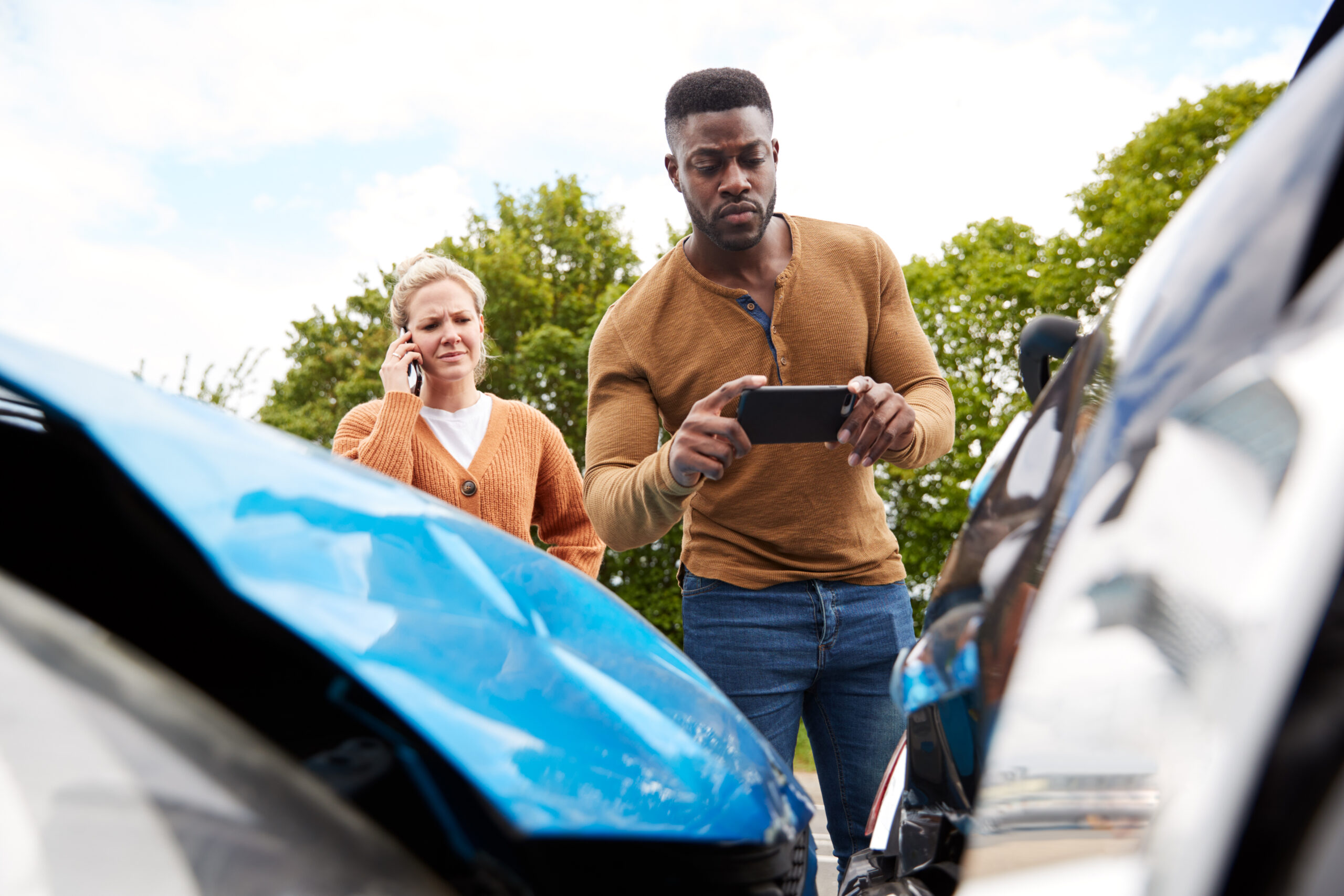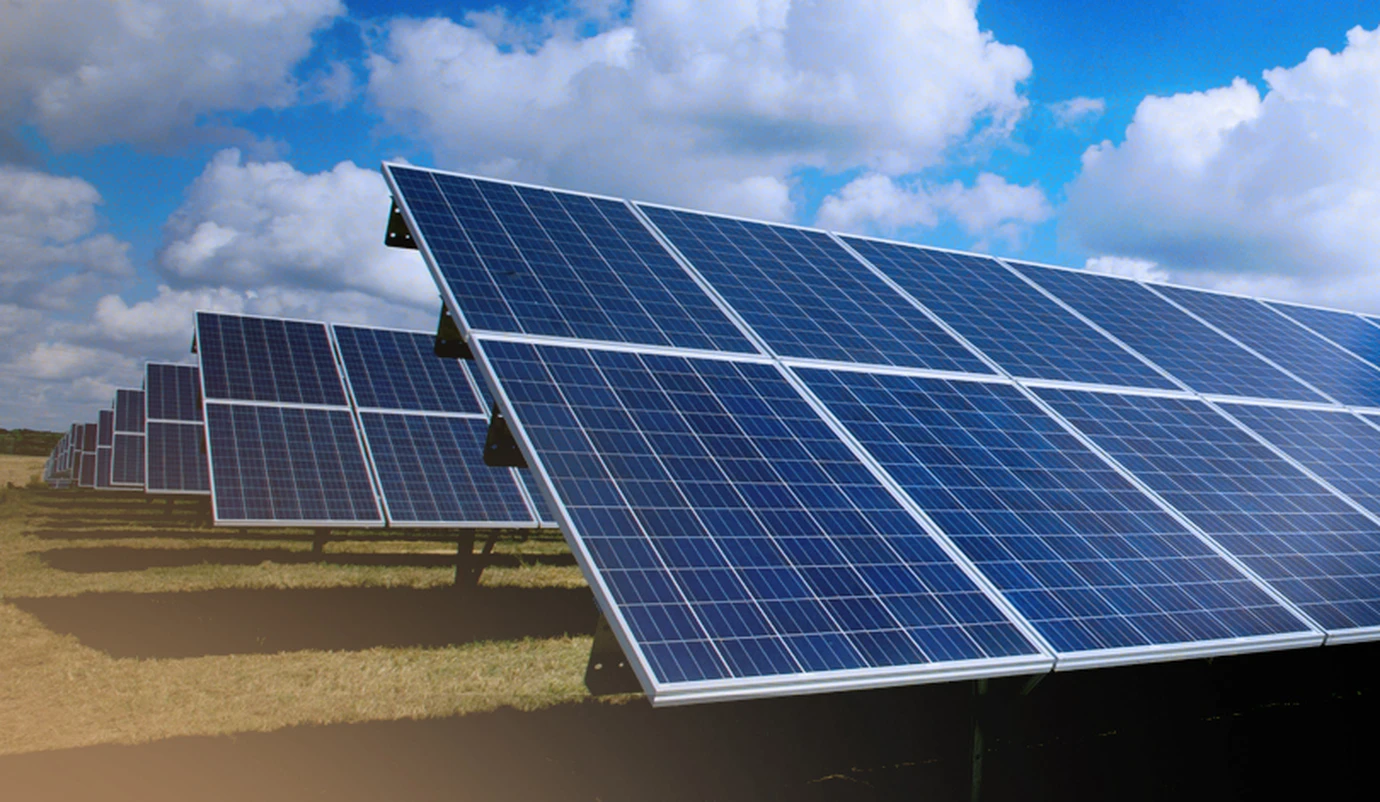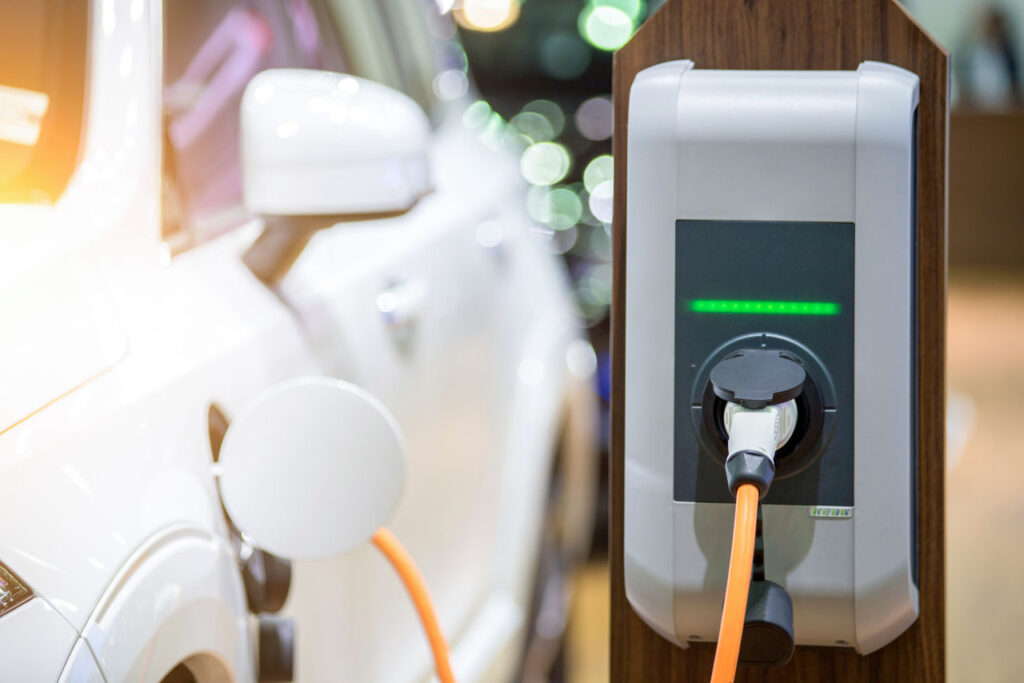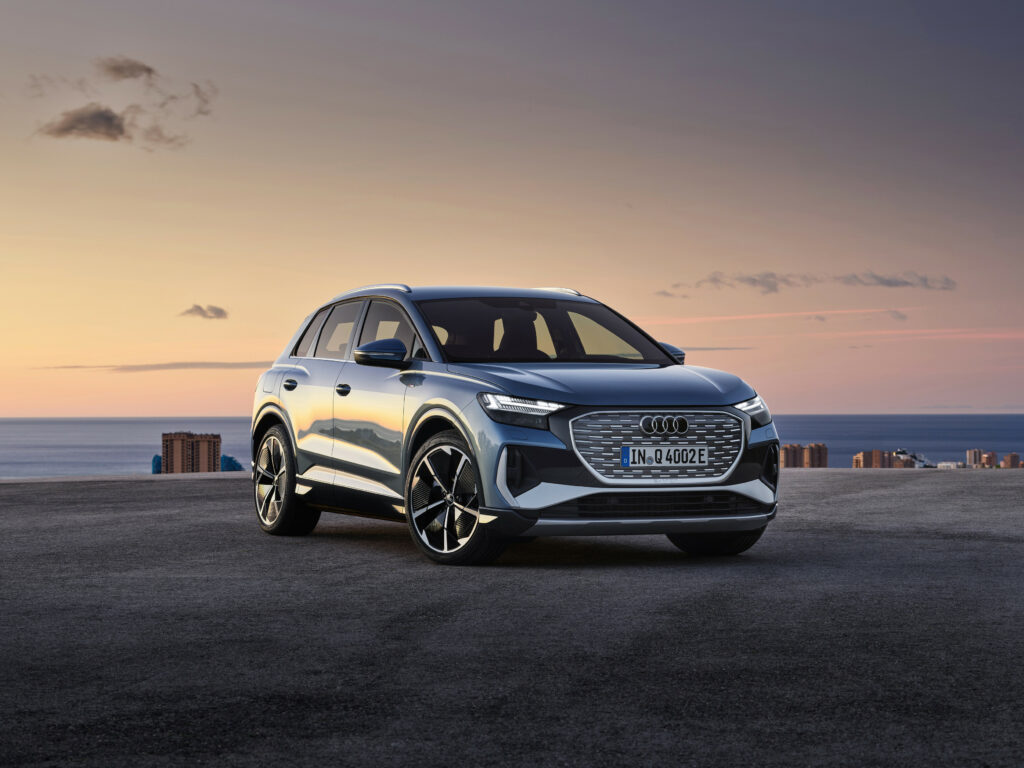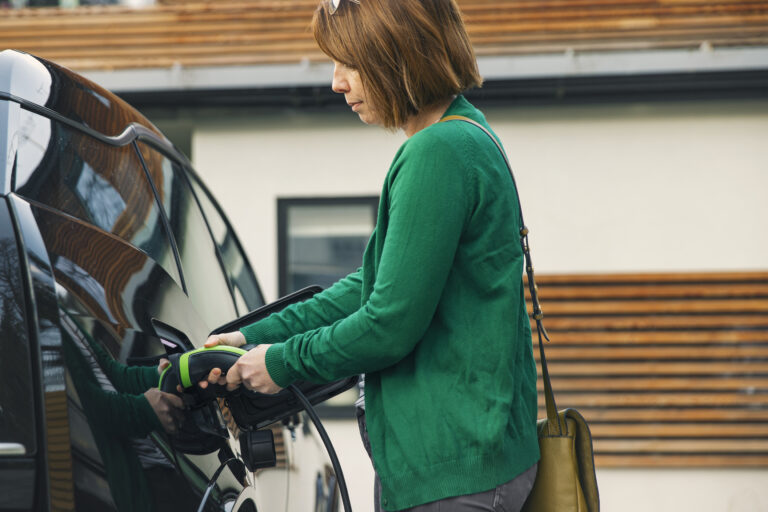
As electric vehicles have grown in popularity, so have headlines about high-profile EV fires. Just how common are EV fires? Are first responders prepared to handle EVs catching fire? And what do EV fire statistics tell us about the risk?
To answer these questions and more, we asked the team at the National Fire Protection Association (NFPA), who lent their expertise in the answers below. The nonprofit has a mission to help save lives and reduce loss due to fire, electrical and related hazards. As fire risks have evolved, NFPA has evolved its scope of expertise to include emerging and new topics – like electric vehicle fires.
How and why do EV fires occur?

Electric and Internal Combustion Engine (ICE) vehicles—which are typically powered by gasoline or diesel fuel—are both susceptible to fires of many kinds. NFPA’s statistics on U.S. vehicle fires show that there is a gasoline vehicle fire every three minutes in the U.S.
Many electric vehicles are powered by lithium-ion batteries, which can store a large amount of energy in a relatively small amount of space compared to batteries with other chemistries, providing more potential energy that can result in significant incidents. When damaged or defective, lithium-ion batteries can release toxic and flammable gases that can become trapped inside the passenger compartment and lead to an explosion. Damaged batteries can also enter a thermal runaway state, where battery cells begin heating up uncontrollably, resulting in a chemical reaction where fire can quickly spread from battery cell to battery cell.
Since there is no way to know how much energy is still trapped inside a damaged battery even after a fire is extinguished—a concept known as stranded energy—the battery pack of an electric vehicle that has been involved in a fire can reignite days or even weeks after the initial incident, posing a challenge for responders. This is why training our first and second responder communities, including fire, EMS, law enforcement, tow truck drivers, waste management, battery recycling center professionals and others becomes imperative.
How common are EV fires?
How common are EV fires?

While NFPA publishes an annual report on vehicle fires in the U.S., existing data collection systems do not yet adequately measure the frequency of EV fires in the U.S..
There is no current evidence to suggest EVs are more likely to be involved in a fire than ICE vehicles.
Is there anything EV owners can do to help prevent a fire?
Is there anything EV owners can do to help prevent a fire?

If you own or plan to own an EV, it’s important that any charging station installed in or around your home meets the requirements of the latest edition of NFPA 70, National Electrical Code. Additionally, the organization offers a free online training course for the public to help promote electric vehicle community preparedness and safety.
How should first responders respond to EV fires? What are the best practices?
How should first responders respond to EV fires? What are the best practices?

NFPA recommends that firefighters use water to extinguish EV fires. Confusion on this topic stems from the fact that pure metal lithium is highly reactive with water, but the lithium inside lithium-ion batteries is a lithium salt electrolyte, not pure lithium metal. Furthermore, batteries inside EVs are usually sealed in metal containers, so water cannot be directly applied to them during a fire; the water is used to cool the battery casing, which eventually stops thermal runaway.
NFPA offers training to help educate the fire service about effective strategies for safely responding to EV and other alternative fuel vehicle fires. To date, approximately 300,000 firefighters and other first responders have taken the NFPA EV Safety Training courses. However, with well over a million firefighters in the U.S. alone, reaching the responder communities with the correct training programs is vital to ensure that all firefighters have the skills and knowledge needed to safely handle these types of incidents.
What should drivers do if they have an EV fire?
What should drivers do if they have an EV fire?

As the research and guidance on EV fires is still evolving, NFPA recommends that drivers of EVs follow the same protocol as drivers of ICE vehicles.
If an EV driver notices signs of smoke or fire, hears gurgling noises or smells a foreign chemical scent coming from the battery area of the vehicle, they should safely exit the vehicle, making sure to assist young children and other passengers. To avoid inhaling any harmful gases or smoke, passengers should make sure to move upwind and uphill of the vehicle, because the vehicle could roll downhill, and smoke and fumes could travel with the wind.
Never try to extinguish a vehicle fire with a fire extinguisher or anything else. Vehicle occupants should maintain a safe distance from the scene and alert the fire service to extinguish the EV fire.
AAA’s Recommendation: Whether you own an electric vehicle or a gas-powered car is up to you – and you should consider lots of factors in making that choice. No matter what type of vehicle you’re choosing, we recommend visiting a dealership, test driving one, and asking as many questions as possible to make an informed decision.










